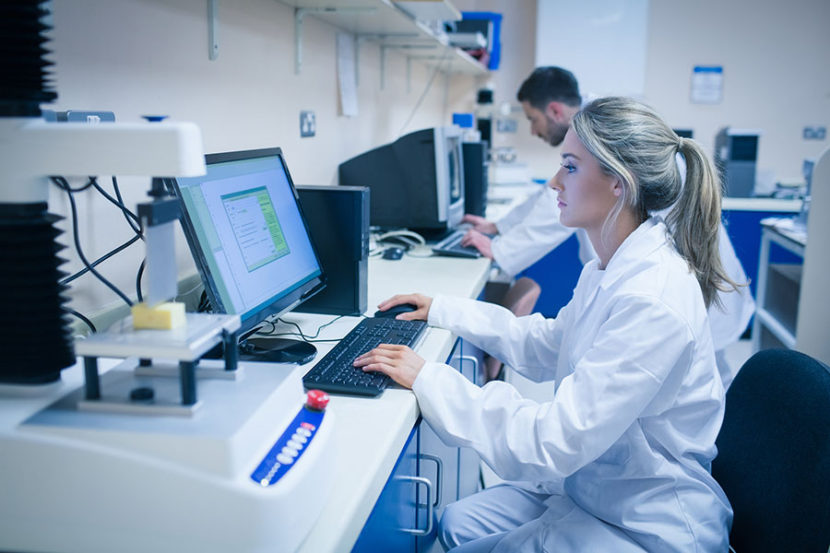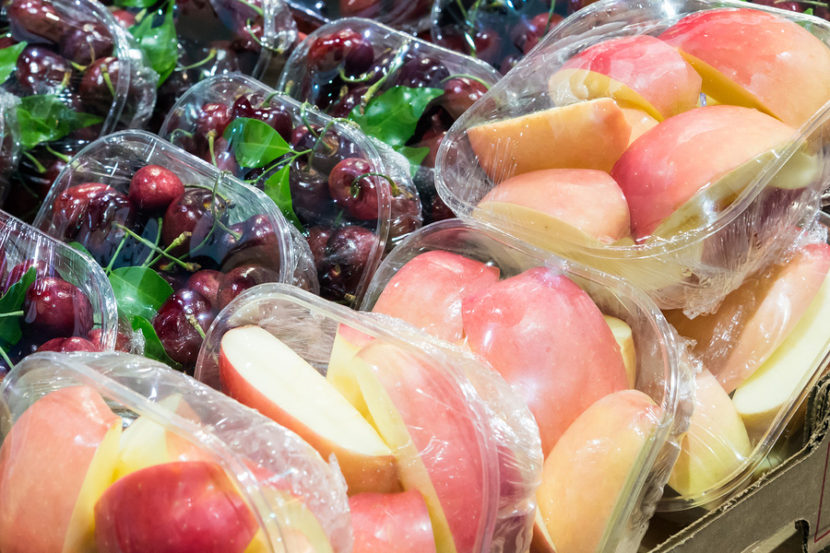Preventing Foreign Body Contaminants from Entering the Food Supply Chain
By Chris Domenico
Foreign body contaminants in the food supply chain are almost an inevitable occurrence, so it’s no surprise that the more stringent food safety schemes and governmental regulations require significant risk assessments to be completed throughout the supply chain from farm to fork.
This means that most companies that supply ingredients or manufacture finished product have become highly focused on preventing naturally and accidentally occurring contamination incidents. But many experts believe that the biggest risk of contamination could well be intentional contamination from either an outside actor or a disgruntled employee looking to get back at the company for a perceived wrongdoing.
Regardless of the source and product, contaminants within the food supply are a valid concern to the end consumer. When the product is consumed by one or more of an immunocompromised section of the population, the concern is even greater. Imagine the panic that strikes the hearts of parents who discover, too late, that there are shards of glass in a jar of baby food, resulting in a frantic trip to the emergency room. The risk of foreign body contaminants is higher than we like to think, or fear.
A Manufacturer’s Responsibility
Food manufacturers must make every effort to reduce, if not completely eliminate, the risk of foreign body contaminants in the food supply.
In essence, this means you must:
- Identify and assess known or foreseeable risks within the food supply; this may include generating a register of items (i.e., glass, brittle plastic, wood, etc.)
- Define actions to prevent contamination from occurring
- Develop procedures designed to identify potential contamination and define mitigation strategies
- Monitor high-risk areas frequently
- Audit your related programs based on their risk
It can certainly be argued that the more important factor in minimizing contamination issues is having the proper controls in place to prevent, reduce, or minimize these occurrences.
Current legislation in most countries requires that an effective supply chain program for raw materials and ingredients be in place.
An effective supply chain program identifies hazards requiring a supply-chain applied control, and requires that processing facilities employ contamination controls; in many cases the suppliers themselves must follow the requirements to control hazards as well.
Intentional Contamination
In addition to the supply chain, companies also need to focus their attention on mitigating intentional contamination, whether it be from an internal or external source. The University of Missouri has published an excellent synopsis of the importance of food defense, and gives some specific examples of what this can look like: an employee intentionally mixing insecticide with hamburger meat, and the melamine issue that led to a massive pet food recall back in 2006.
Adherence to Good Manufacturing Practices (GMPs) can help a company maintain standards which will inherently reduce the risk of accidental contamination within the facility.
When attempting to adhere to GMP’s it is best to ensure you:
- Manage contamination risks
- Document the issue of items and protective equipment which could become potential contamination risks
- Control personal medication and jewelry
- Document and manage contamination events
Control of contamination risks needs to occur at all points within the supply chain, and should be driven from the top down within the organization, in order to be the most effective.
About the Author
Chris Domenico is the Territory Manager in North America for Safefood 360o, prior to which he worked in quality and food safety management roles for some of America’s leading food companies, including Heinz and Seneca Foods. Today he is helping Safefood 360o customers better understand their business needs and implement Safefood 360o in the best possible way.

-
 FeaturedRisk management
The Cost of a Breach: What a Cyberattack Could Mean for Food Safety Recalls
FeaturedRisk management
The Cost of a Breach: What a Cyberattack Could Mean for Food Safety Recalls
-
 FeaturedRisk management
Securing the Food Chain: How ISO/IEC 27001 Strengthens Cybersecurity
FeaturedRisk management
Securing the Food Chain: How ISO/IEC 27001 Strengthens Cybersecurity
-
 FeaturedRisk management
Revolutionizing Food Safety Training: Breaking Out of the “Check-the-Box” Mentality
FeaturedRisk management
Revolutionizing Food Safety Training: Breaking Out of the “Check-the-Box” Mentality
-
 GFSI Standards
GFSI 2025: Building Trust, Tech-Forward Solutions, and Global Unity in Food Safety
GFSI Standards
GFSI 2025: Building Trust, Tech-Forward Solutions, and Global Unity in Food Safety
-
 FeaturedFood Safety
Integrated Pest Management: Strategies to Protect Your Brand’s Reputation
FeaturedFood Safety
Integrated Pest Management: Strategies to Protect Your Brand’s Reputation
-
 FeaturedFood Safety Culture & Training
No Open Door Policy: Challenges That Impact Pest Control in Food Processing Plants
FeaturedFood Safety Culture & Training
No Open Door Policy: Challenges That Impact Pest Control in Food Processing Plants




